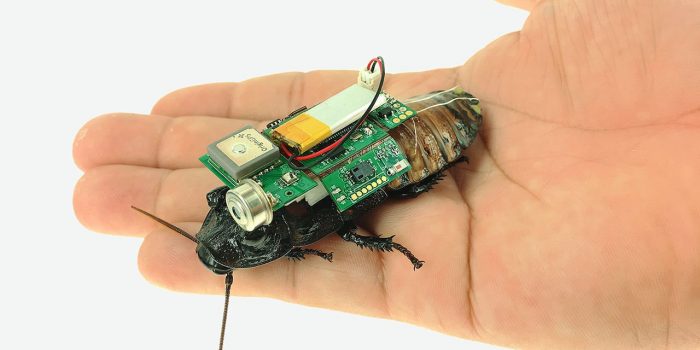American Architect Richard Meier’s “White Sails” Coated With New Material
Italcementi Group, technical sponsor of a new church in Rome commemorating the 2,000th anniversary of Christianity, was asked to come up with a cement that would look clean and require minimum cleaning.
Italcementi Group created a new material containing titanium dioxide, a white pigment which absorbs smog. A European Union research project, “PICADA” (Photocatalytic Innovative Coverings Applications For Depollution Assessment) has tested the material extensively and found it to be a “smart” material with great potential. Titanium dioxide is now being used in a variety of construction projects to help remove air pollutants such as smog, car exhaust and other airborne impurities.
Sunlight And Chemical Reactions “Scrub” The Air
As a result, a number of companies, including Millennial Chemicals of the UK, are now developing similar products such as paint, plaster and paving material that include titanium dioxide; buildings, public spaces and highways in Europe and Asia are being tested. Some scientists are calling the material and process a significant breakthrough in sustainability.
Studies are underway to determine exactly how much air can be treated by a given area coated with titanium dioxide.
Photocatalytic Properties
Titanium dioxide has self-cleaning properties because when sunlight touches it, a chemical reaction takes place that causes natural oxidation. Testing has also shown titanium dioxide breaks down nitrogen oxides emitted by the burning of fossil fuels. This chemical reaction causes a reduction in pollutants in the air.
Potential Benefits
According to Italcementi some pollutants could be reduced by 20% to 70% depending on the local environment, its weather, temperature and atmosphere. For example, a test was done on a 230 m long road outside of Milan with a traffic flow of 1,000 vehicles per hour. Tests indicated nitrogen oxides at street level were reduced by 60%. Squares and roads in Belgium, Italy, France and Spain are now being tested.
High Cost May Come Down
Currently cement containing titanium dioxide costs 10 times as much as regular cement. The viability of the product will depend on whether or not it performs well over long periods of time; if so, it is likely to be widely adopted and prices will fall.
For more technical information see Picada’s Official Presentation.pdf






